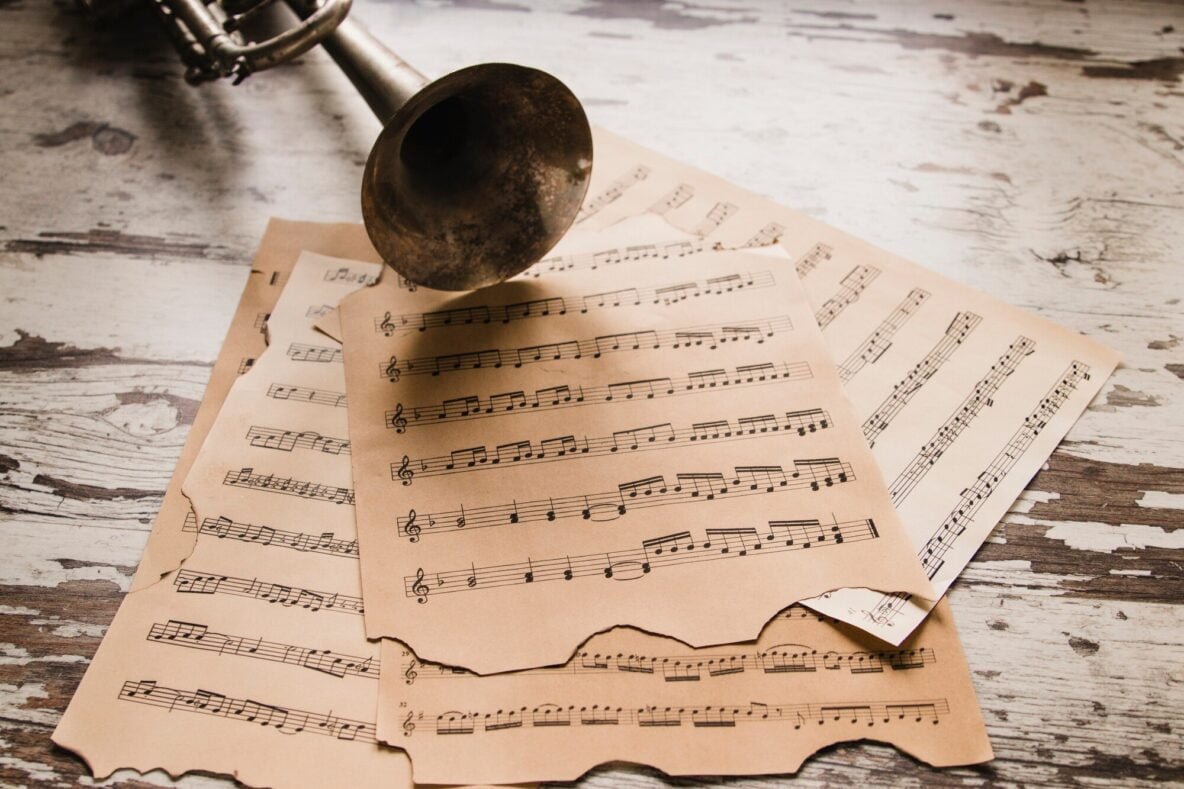Music is a timeless art form that has evolved over centuries, reflecting the culture, beliefs, and creativity of societies around the world. At Ekletico School Of Music in Beverly, MA, we believe in the importance of understanding the rich and diverse history of music to deepen our appreciation and mastery of this universal language. In this blog post, we’ll take a journey through different musical eras and styles, exploring their unique characteristics and contributions to the tapestry of music.
Ancient Music: The Foundation of Musical Expression
Music has been an integral part of human civilization since ancient times. From the rhythmic beats of drums in tribal ceremonies to the haunting melodies of ancient chants in religious rituals, music served as a form of expression, communication, and connection with the divine. The music of ancient civilizations such as Mesopotamia, Egypt, Greece, and Rome laid the foundation for the development of musical theory, notation, and performance practices that continue to influence music to this day.
Medieval Music: Gregorian Chant and Polyphony
During the Middle Ages, music flourished within the confines of the church, where sacred music played a central role in religious worship and ceremony. Gregorian chant, with its monophonic texture and modal melodies, dominated liturgical music, providing a sense of solemnity and reverence. Over time, the emergence of polyphony, characterized by multiple independent voices singing together, enriched the musical landscape, leading to the development of intricate vocal and instrumental compositions known as motets and madrigals.
Renaissance Music: The Age of Humanism and Innovation
The Renaissance marked a period of rebirth and innovation in music, as composers and musicians embraced the ideals of humanism and exploration. Polyphony reached new heights of complexity and sophistication, with composers such as Josquin des Prez, Giovanni Pierluigi da Palestrina, and William Byrd crafting elaborate choral works and instrumental compositions. The invention of the printing press facilitated the dissemination of music, making it more accessible to a wider audience and fueling a flourishing culture of musical patronage and performance.
Baroque Music: Ornamentation and Contrapuntal Mastery
The Baroque era saw a shift towards grandeur, ornamentation, and emotional expression in music. Composers such as Johann Sebastian Bach, George Frideric Handel, and Antonio Vivaldi pioneered new forms and genres, including the fugue, concerto, and opera. Ornate melodies, intricate counterpoint, and dramatic contrasts characterized Baroque music, reflecting the prevailing artistic and cultural trends of the time. The development of instrumental music flourished, with the rise of the orchestra and the invention of new instruments such as the harpsichord and the violin.
Classical Music: Symmetry, Clarity, and Balance
The Classical era represented a period of refinement and balance in music, characterized by clarity of form, elegance of melody, and symmetry of structure. Composers such as Wolfgang Amadeus Mozart, Ludwig van Beethoven, and Franz Joseph Haydn epitomized the ideals of classicism, crafting symphonies, sonatas, and chamber music that showcased their mastery of form and technique. The emergence of the public concert hall and the rise of the middle class democratized music, paving the way for a new era of artistic expression and cultural exchange.
Romantic Music: Emotion, Imagination, and Individualism
The Romantic era ushered in a wave of emotional intensity, artistic freedom, and individual expression in music. Composers such as Ludwig van Beethoven, Franz Schubert, and Johannes Brahms pushed the boundaries of musical expression, exploring themes of love, longing, and transcendence. Romantic music embraced programmatic storytelling, lush orchestration, and innovative harmonic language, captivating audiences with its evocative power and emotional depth. The rise of nationalism and the advent of new technologies such as the steam engine and the railway fueled a sense of cultural identity and exploration, inspiring composers to draw inspiration from folk music, nature, and exoticism.
Modern Music: Innovation, Experimentation, and Diversity
The modern era of music encompasses a wide range of styles, genres, and movements, reflecting the diversity and dynamism of contemporary culture. From the avant-garde experiments of the 20th century to the global fusion and digital revolution of the 21st century, modern music continues to push the boundaries of creativity and expression. Jazz, blues, rock, pop, hip-hop, electronic, and world music are just a few of the many genres that have emerged in recent decades, each with its own unique sound, aesthetic, and cultural significance.
Conclusion: Embracing the Diversity of Musical Expression
In conclusion, the history of music is a testament to the resilience, creativity, and diversity of human expression. From the ancient chants of early civilizations to the cutting-edge innovations of modern music, each era has contributed to the rich tapestry of musical styles and genres that define our cultural heritage. At Ekletico School Of Music in Beverly, MA, we celebrate this diversity and encourage our students to explore and embrace the rich history of music as they embark on their own musical journey of discovery and expression.

